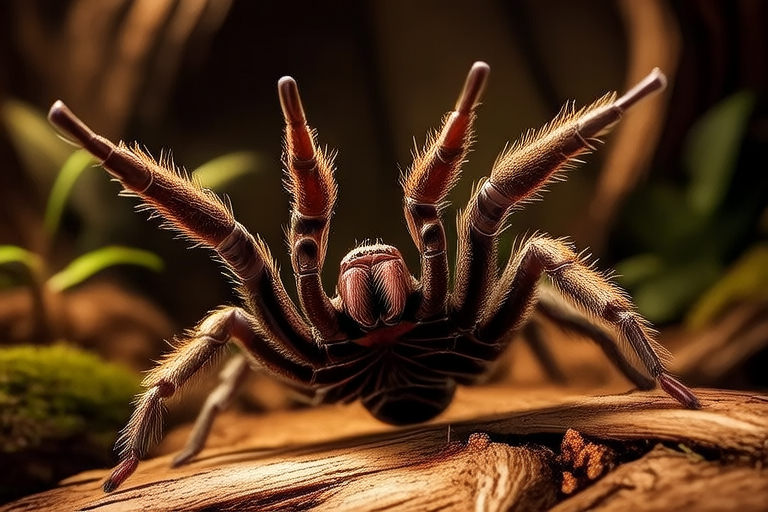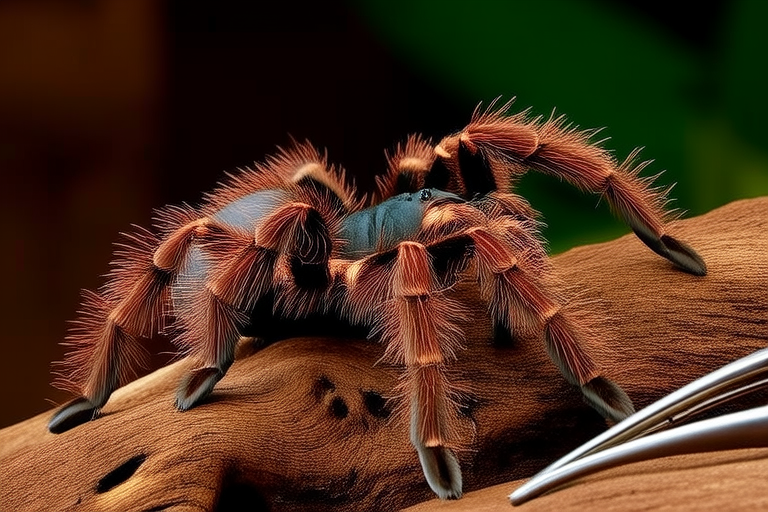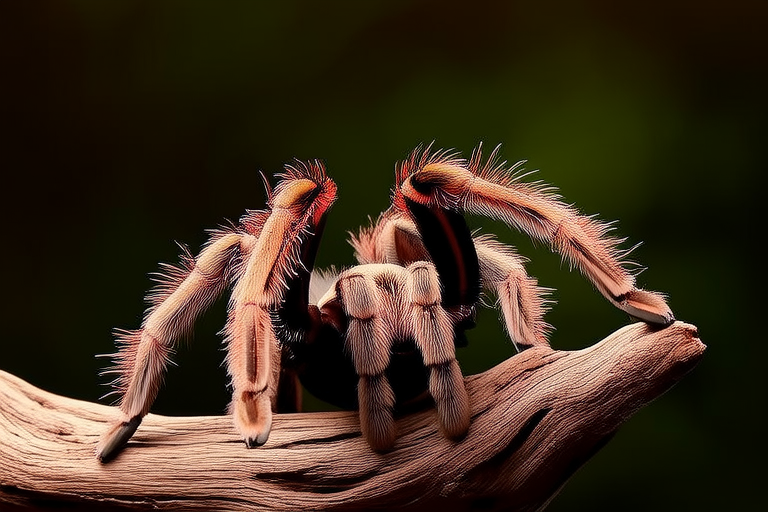
Top 10 Myths About Tarantulas Debunked Once and For All
Tarantulas belong to the family Theraphosidae, a group of spiders known for their large size and hairy appearance. With over 900 species spread across various habitats, from deserts to rainforests, tarantulas exhibit a remarkable diversity in color, size, and behavior. Despite their popularity as pets and their significant presence in popular culture, many misconceptions surround these fascinating arachnids. This article aims to dispel ten common myths about tarantulas, providing factual insights into their behavior, habitat, diet, venom, and care requirements.
Myth 1: All Tarantulas Are Aggressive
One of the most pervasive myths about tarantulas is that they are inherently aggressive. In reality, tarantulas are generally shy and prefer to avoid confrontation. Most species will only bite if provoked or threatened. Their first line of defense usually involves displaying their impressive fangs or kicking off urticating hairs from their abdomen. These hairs can cause irritation to predators but are not meant to be used aggressively.
Myth 2: Tarantulas Are Poisonous
The term “poisonous” is often mistakenly used when describing tarantulas, leading to confusion. Tarantulas are venomous, meaning they have venom glands and fangs capable of injecting venom into prey or attackers. However, the venom of most tarantula species is mild and comparable to a bee sting. Only a few species, such as the Brazilian wandering spider, have venom potent enough to cause serious health issues in humans.
Myth 3: Tarantulas Can’t Climb Smooth Surfaces
Another misconception is that tarantulas cannot climb smooth surfaces. In fact, tarantulas are adept climbers thanks to specialized hairs on their legs that allow them to grip various textures. While they may struggle on highly polished glass or metal, they can easily navigate glass aquariums or smooth plastic enclosures with the right conditions. Their climbing abilities make them excellent escape artists, so proper enclosure design is crucial for pet owners.
Myth 4: Tarantulas Are Blind
Contrary to popular belief, tarantulas are not blind. They possess eight eyes arranged in two rows on the top of their cephalothorax. However, their vision is relatively poor, and they rely more on their other senses, particularly their ability to detect vibrations through their legs. This sensory adaptation allows them to locate prey and navigate their environment effectively.
Myth 5: Tarantulas Eat Mice and Small Birds
While tarantulas are carnivorous and capable of preying on small vertebrates, their diet primarily consists of insects. Captive tarantulas kept as pets are often fed crickets, mealworms, and dubia roaches. In the wild, they consume a variety of insects, and larger species may occasionally catch small lizards or amphibians. The idea that they regularly hunt mice or birds is largely exaggerated.
Myth 6: Tarantulas Are Endangered
Many people assume that all tarantulas are endangered due to habitat loss and collection for the pet trade. While some species face conservation challenges, the majority of tarantula species are not endangered. Many species are abundant in their natural habitats, and responsible breeding practices have helped maintain stable populations in captivity. It’s essential to choose responsibly sourced tarantulas when considering them as pets.
Myth 7: Tarantulas Are Nocturnal
Although tarantulas are typically more active at night, this does not mean they are strictly nocturnal. Some species are crepuscular, meaning they are most active during dawn and dusk. Others may be diurnal, especially those living in cooler climates where daytime temperatures are more favorable. Understanding the specific activity patterns of your tarantula species can help you provide optimal care.
Myth 8: Tarantulas Don’t Need Water
It’s a common myth that tarantulas don’t require water, which can lead to improper care. While tarantulas can obtain much of their moisture from their food, they still need access to fresh water. Providing a shallow dish of clean water is recommended, though it’s important to ensure that the water dish is not too deep, as some tarantulas might accidentally drown. Regularly cleaning the water dish prevents bacterial growth.
Myth 9: Tarantulas Are Harmful to Pets
Concerns about tarantulas being harmful to household pets, such as dogs and cats, are often unfounded. While tarantulas can defend themselves, their venom is generally not dangerous to mammals. However, interactions between pets and tarantulas should be supervised to prevent accidental harm to either party. Curious pets may attempt to play with or eat the tarantula, leading to defensive responses that could result in minor injuries.
Myth 10: Tarantulas Are Difficult to Care For
Finally, the notion that tarantulas are difficult to care for is a significant deterrent for potential pet owners. In reality, tarantulas are relatively low-maintenance pets once their basic needs are understood. They require appropriate housing, temperature control, and a steady supply of food. Regular cleaning and monitoring of their health are essential, but the overall care routine is manageable for dedicated pet enthusiasts.
Conclusion
Tarantulas are unique and captivating creatures that have been misunderstood for far too long. From their diverse behaviors and habitats to their often exaggerated reputations, these spiders offer a wealth of fascinating facts. By debunking common myths, we hope to encourage a greater appreciation for tarantulas and promote responsible ownership for those interested in keeping them as pets. Whether you’re a seasoned arachnid enthusiast or simply curious about these incredible animals, there’s always more to discover about the world of tarantulas. Explore further and continue learning about these magnificent creatures!





